Introduction
The integration of Artificial Intelligence (AI) in the design of furniture and home appliances is a groundbreaking shift, reshaping the landscape of home interiors with a focus on ergonomics, efficiency, and aesthetic appeal. This exciting development is revolutionizing the way we think about and interact with our living spaces. AI is not just a tool; it's a creative partner that brings a new level of innovation to the design process. By analyzing ergonomic data, AI assists designers in creating furniture that not only looks good but feels good, prioritizing comfort and user well-being. In the realm of home appliances, AI contributes to smarter, more energy-efficient designs that understand and adapt to our lifestyles, making daily routines more seamless and eco-friendly. Aesthetically, AI is enabling a fusion of form and function, allowing for the creation of pieces that are as stylish as they are practical. This harmonious blend of technology and design is transforming our homes into spaces that are not just beautiful, but intelligent and intuitively aligned with our personal needs and preferences.

AI in Furniture Design
- The application of Artificial Intelligence (AI) in furniture design is ushering in a new era of innovation and customization, fundamentally changing the way furniture is designed and utilized. At the forefront of this change is the focus on ergonomic enhancements. AI algorithms are being employed to analyze extensive ergonomic data, leading to the creation of furniture that supports optimal human posture and movement. This data-driven approach not only elevates the comfort level of furniture but also plays a crucial role in reducing the risk of strain or injury, making everyday living safer and more comfortable.
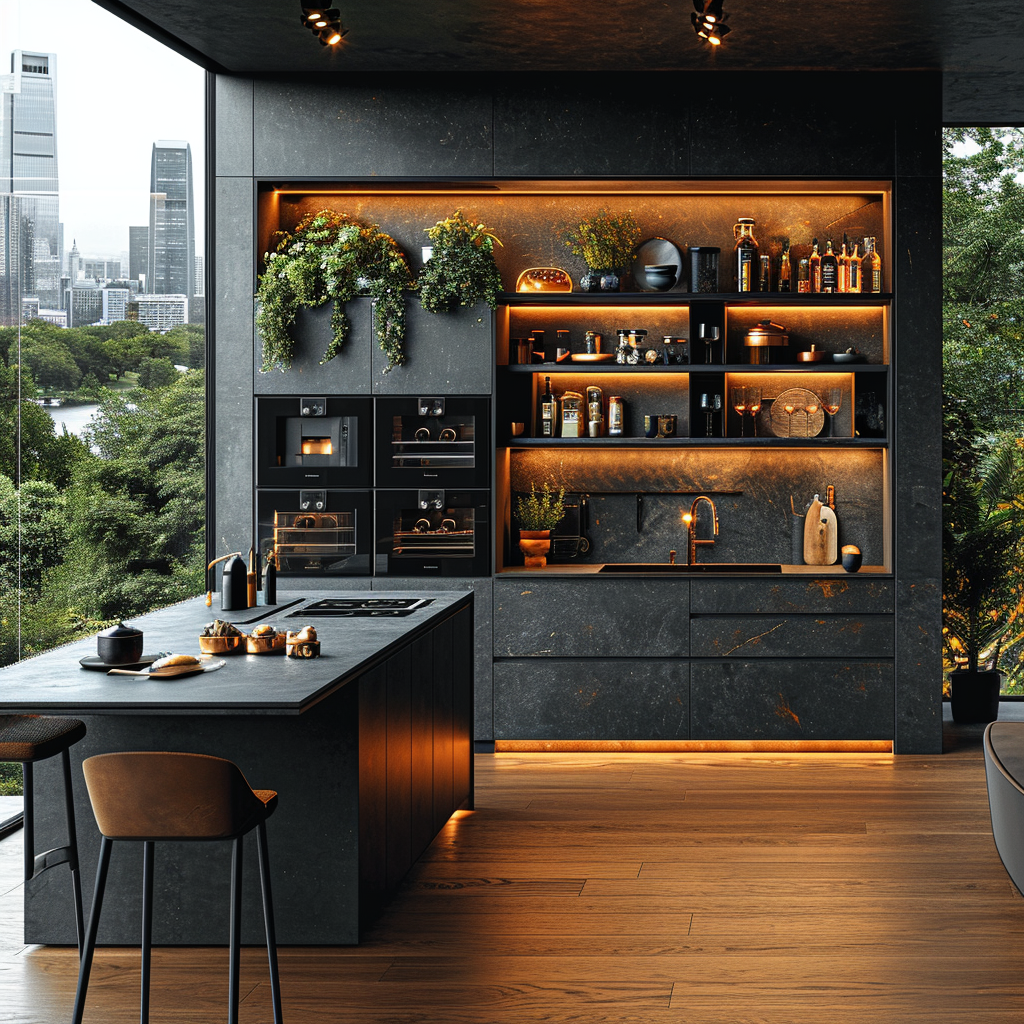
- Furthermore, AI is revolutionizing the concept of customization and personalization in furniture design. With AI, furniture can now be tailored to meet the specific needs and preferences of individual users. This includes adjustable heights, modifiable shapes, and even adaptive functionalities, ensuring that each piece of furniture can suit a variety of needs and spaces. This level of customization was once a luxury but is now becoming increasingly accessible through AI-driven design processes.
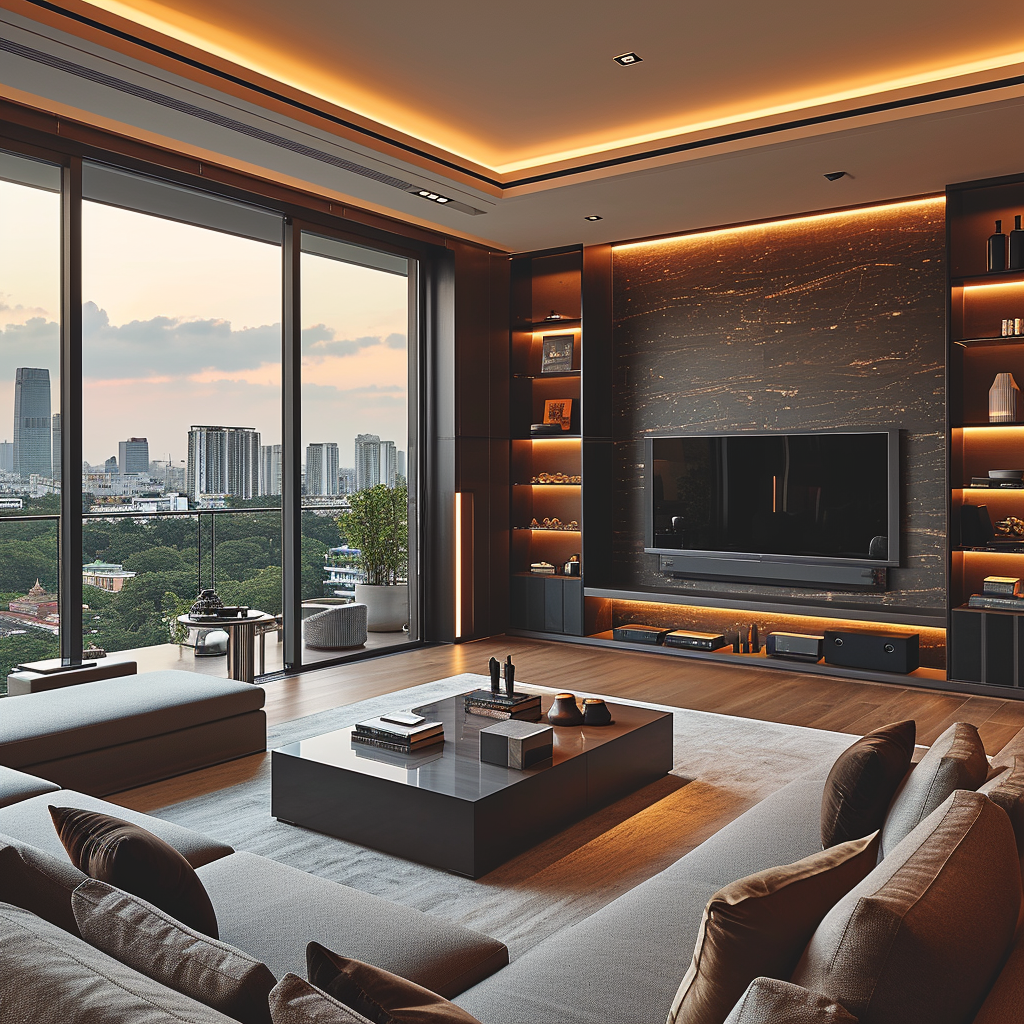
- Another significant aspect of AI in furniture design is its contribution to sustainability and material innovation. AI systems can intelligently select materials that are not only durable and aesthetically pleasing but also environmentally friendly. Moreover, AI can optimize production methods, reducing waste and energy consumption. This shift towards sustainable practices is not just beneficial for the environment; it also resonates with the growing consumer desire for eco-conscious products.
AI in Appliance Design
- The incorporation of Artificial Intelligence (AI) in appliance design is significantly transforming the landscape of home technology. Smart functionality has become a cornerstone of modern appliances, with AI driving innovations that make daily life more efficient and intuitive. AI-enabled appliances are equipped with features such as predictive maintenance, which can foresee and alert users about potential issues before they escalate. This proactive approach to maintenance ensures longevity and reliability. Additionally, AI plays a pivotal role in optimizing energy efficiency, intelligently adjusting operations to conserve energy, thereby reducing utility bills and contributing to environmental sustainability. AI also personalizes usage patterns based on individual preferences and routines, ensuring that appliances operate in a way that aligns with the user's lifestyle.
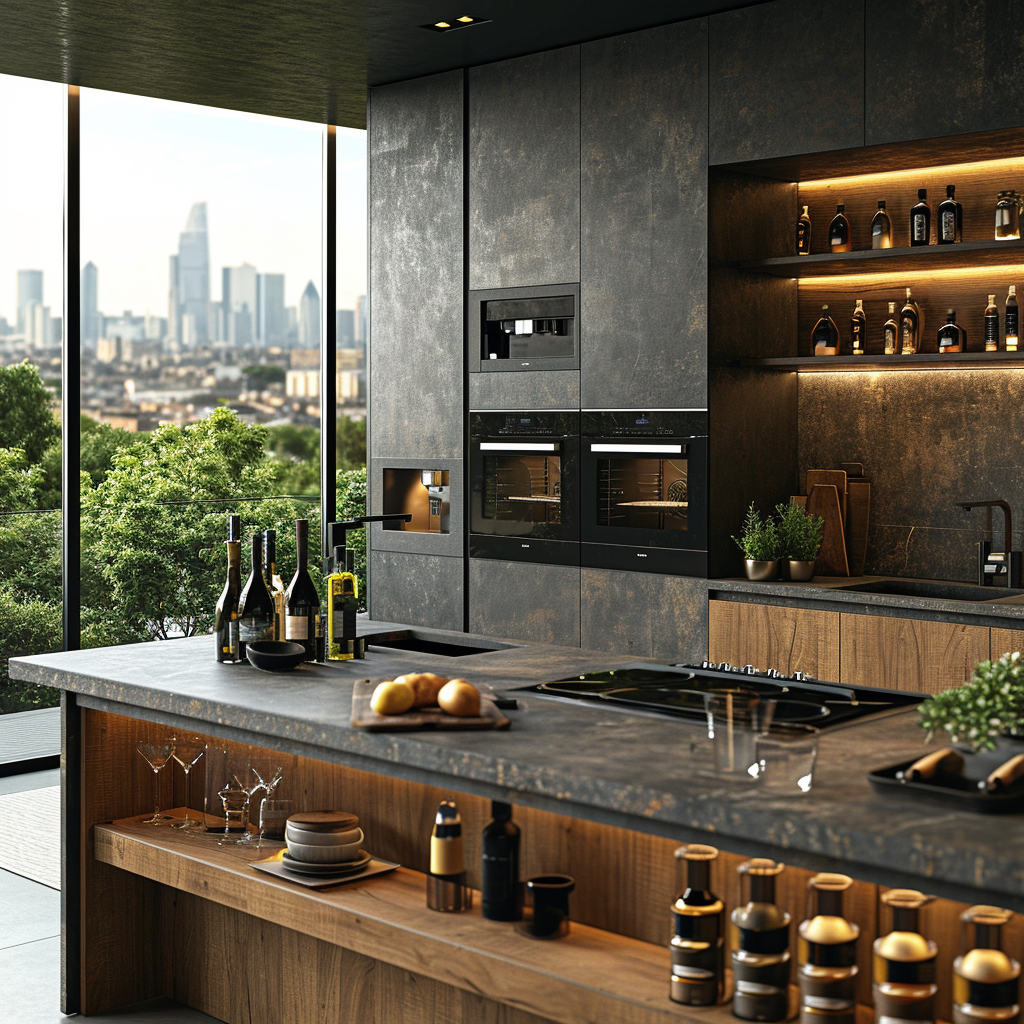
- Beyond functional enhancements, AI is redefining the aesthetics of home appliances. It aids designers in creating products that are not only high-performing but also aesthetically pleasing, blending seamlessly with the modern home environment. The result is appliances that are sleek, innovative, and complement the contemporary home design, elevating the overall aesthetic appeal of living spaces.
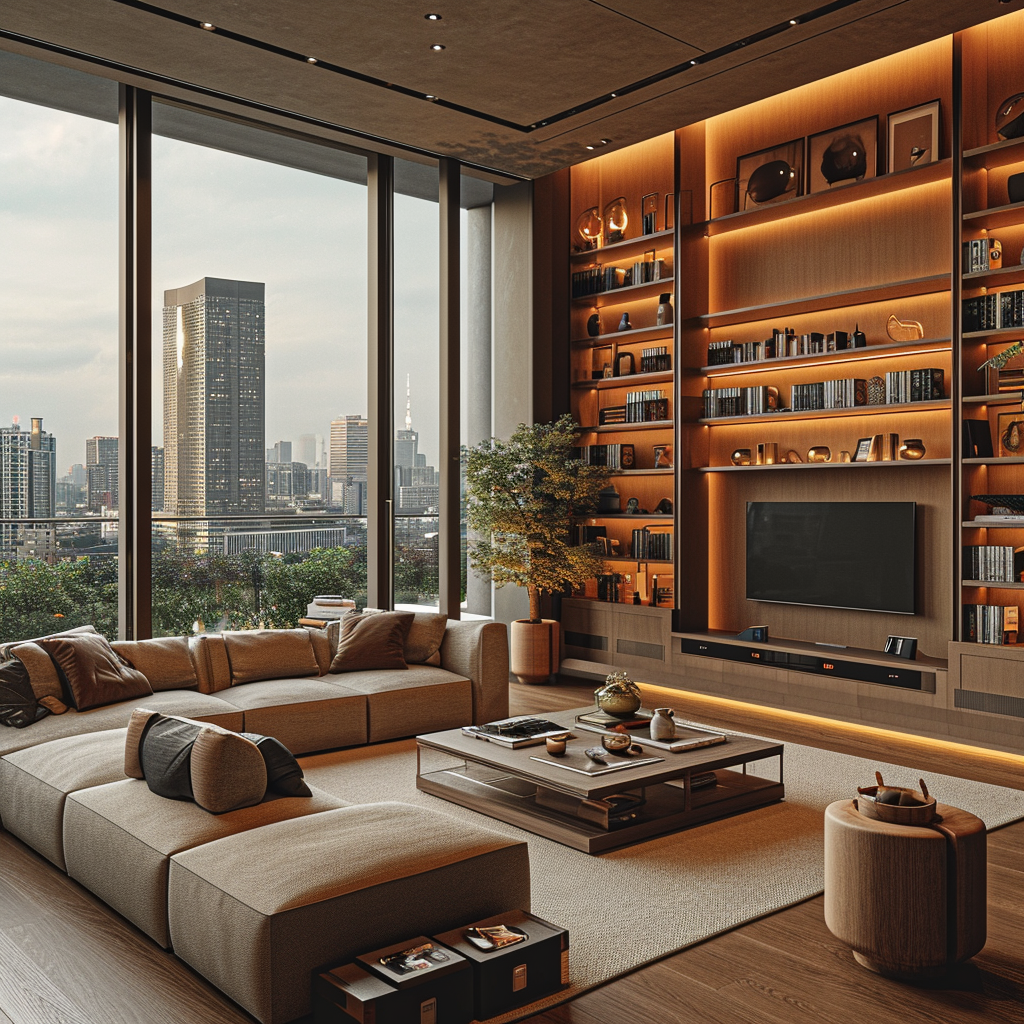
- Moreover, AI significantly improves user interaction and accessibility in appliance design. It makes appliances more user-friendly and intuitive, catering to a wider range of users, including those with special needs. Features like voice control and gesture recognition offer hands-free operation, adding convenience and accessibility. Personalized interfaces, tailored to individual preferences, make it easier for users to navigate and control their appliances, enhancing the overall user experience.
- In essence, AI in appliance design is not just about incorporating cutting-edge technology; it's about creating appliances that are smart, stylish, and sensitive to user needs and environmental concerns. This evolution in appliance design reflects a broader shift towards a more connected, efficient, and user-centric home environment.
The Design Process: AI's Role
- The integration of Artificial Intelligence (AI) into the design process is revolutionizing the way products are conceived and developed. One of the most significant impacts of AI is seen in rapid prototyping. AI enables designers to swiftly create and iterate prototypes, allowing for a more dynamic design process. With AI, designers can quickly visualize and modify their designs based on real-time feedback and simulations. This not only speeds up the development cycle but also enhances the quality of the final product, as designers can explore a wider range of options and immediately assess their feasibility and impact.
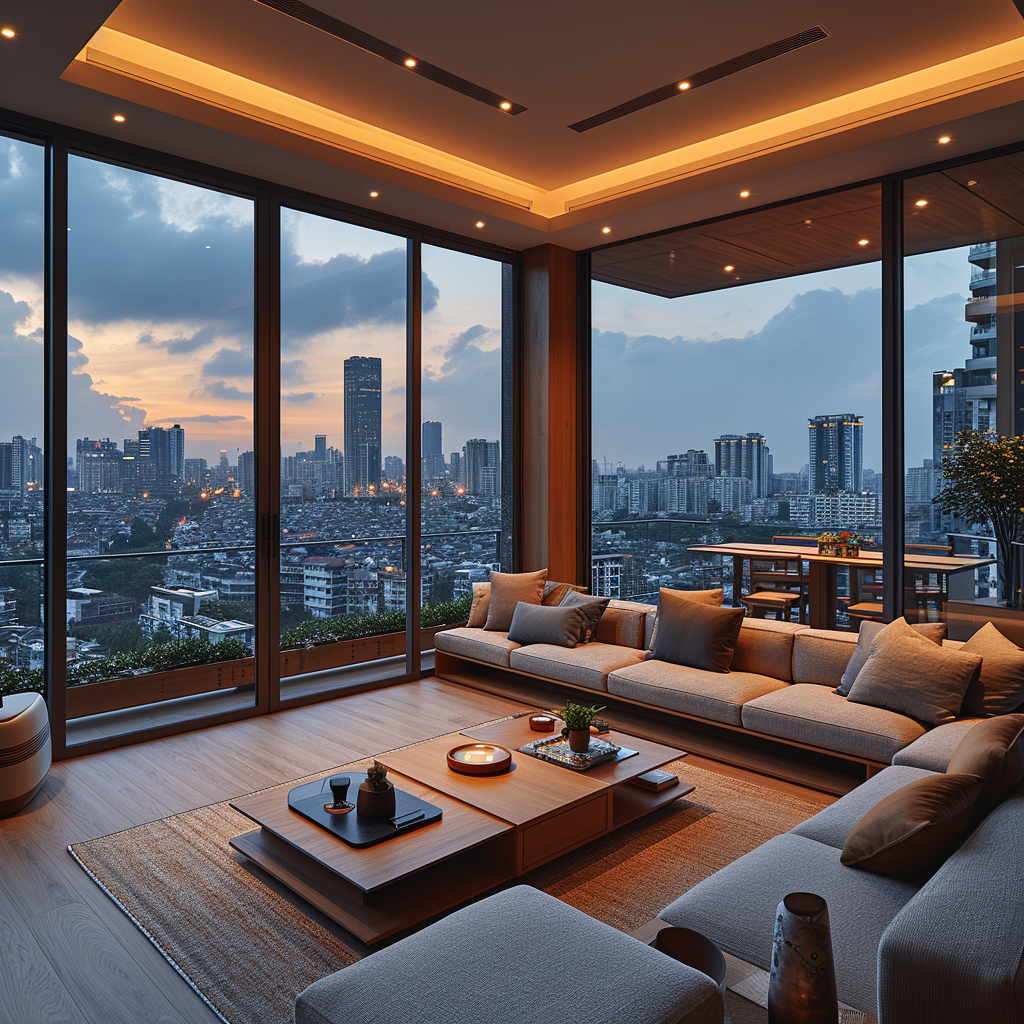
- AI's role in predictive trend analysis is another game-changer. By harnessing AI's capability to analyze vast amounts of data on market trends and consumer preferences, designers can gain valuable insights into what is likely to be the next big thing in their industry. This foresight enables them to stay ahead of the curve, ensuring that their products are not just relevant for today but are also future-proof. AI helps in identifying emerging trends in both functionality and style, allowing designers to create products that resonate with upcoming market demands.
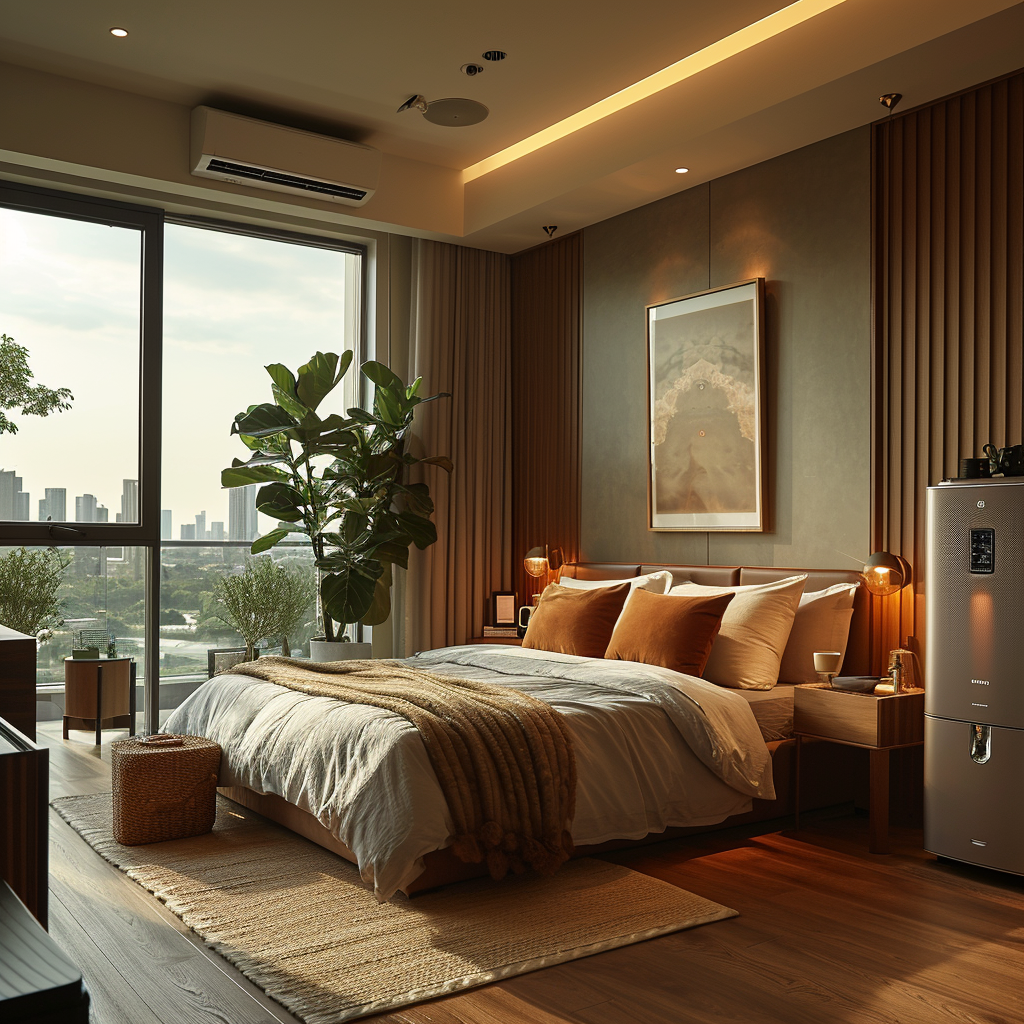
- Furthermore, AI facilitates cross-disciplinary innovations by enabling collaboration across various fields such as ergonomics, material science, and environmental studies. This interdisciplinary approach, powered by AI, is crucial in developing products that are ergonomic, environmentally friendly, and made from materials that are both durable and sustainable. AI algorithms can analyze and integrate insights from these diverse fields to create a holistic design strategy that addresses multiple aspects of product development.
The Consumer Experience
- The advent of AI-driven design in furniture and appliances has markedly elevated the consumer experience, reshaping it into something far more aligned with personal comfort, efficiency, and aesthetic appeal. This technological integration is not just about meeting the existing needs of consumers; it's about foreseeing and adapting to their evolving preferences, thereby creating living spaces that resonate more deeply with individual lifestyles and tastes.
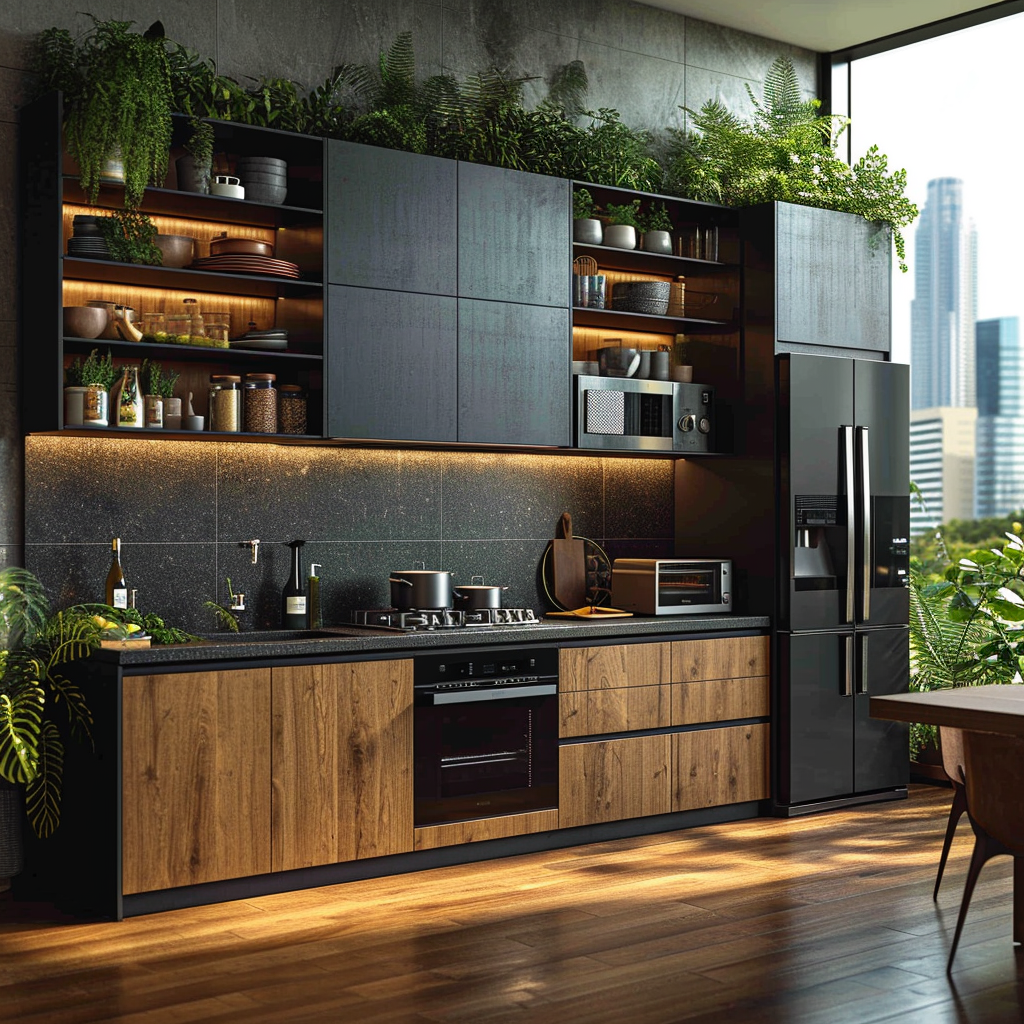
- In terms of comfort, AI's ergonomic design in furniture ensures that each piece is not just visually appealing but also supports the user's physical well-being. Chairs, sofas, and beds are now being designed with AI algorithms that take into account the nuances of human posture and movement, providing unparalleled comfort and reducing the risk of physical discomfort or injury.
- Efficiency is another cornerstone of the AI-driven consumer experience. In the realm of home appliances, AI has ushered in a new wave of smart functionality. Appliances equipped with AI technologies learn from user behaviors and adapt accordingly, optimizing energy consumption and automating mundane tasks. This not only simplifies daily chores but also contributes to a sustainable lifestyle, an increasingly important consideration for the modern consumer.
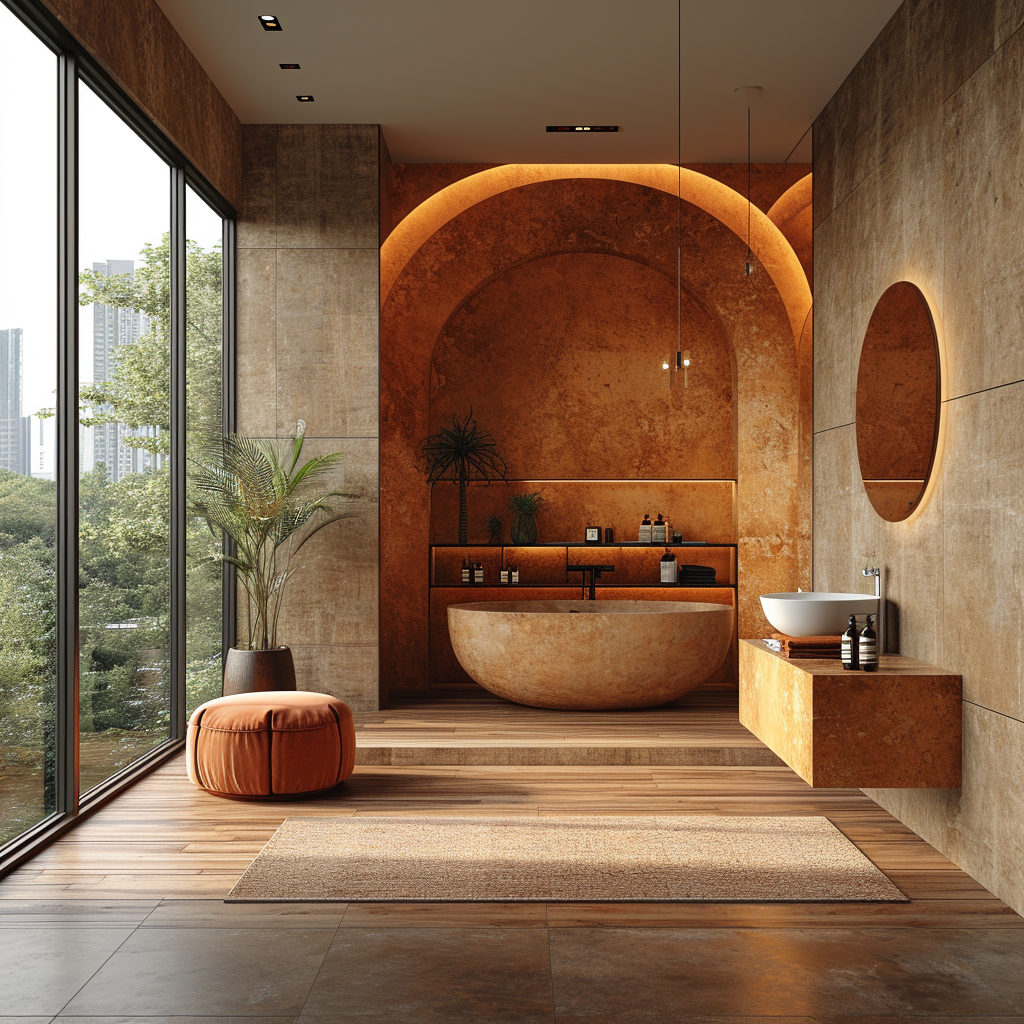
- The aesthetic appeal of products is also greatly enhanced by AI. With AI's ability to analyze current trends and predict future ones, designers are able to create products that are not only functional but also stylish and on-trend. This ensures that the products fit seamlessly into the contemporary home, enhancing its overall visual appeal.
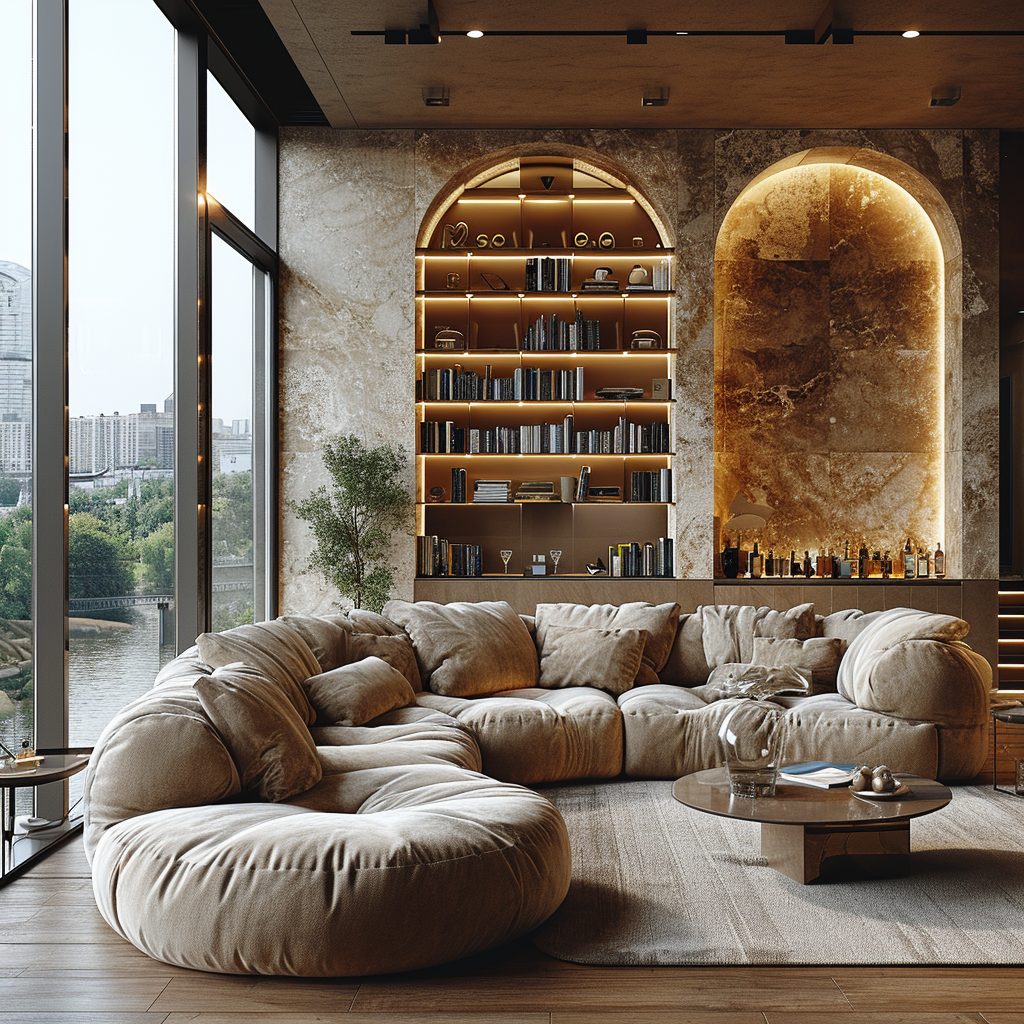
- Ultimately, the integration of AI in the design of furniture and appliances culminates in a consumer experience that is richly layered and profoundly satisfying. It marks a shift from passive consumption to an interactive, adaptive way of experiencing our living spaces, where every element is attuned to our personal needs and preferences. This harmonious and personalized approach to home design is not just about creating functional spaces; it's about crafting environments that enrich our daily lives and elevate our sense of well-being.
Conclusion
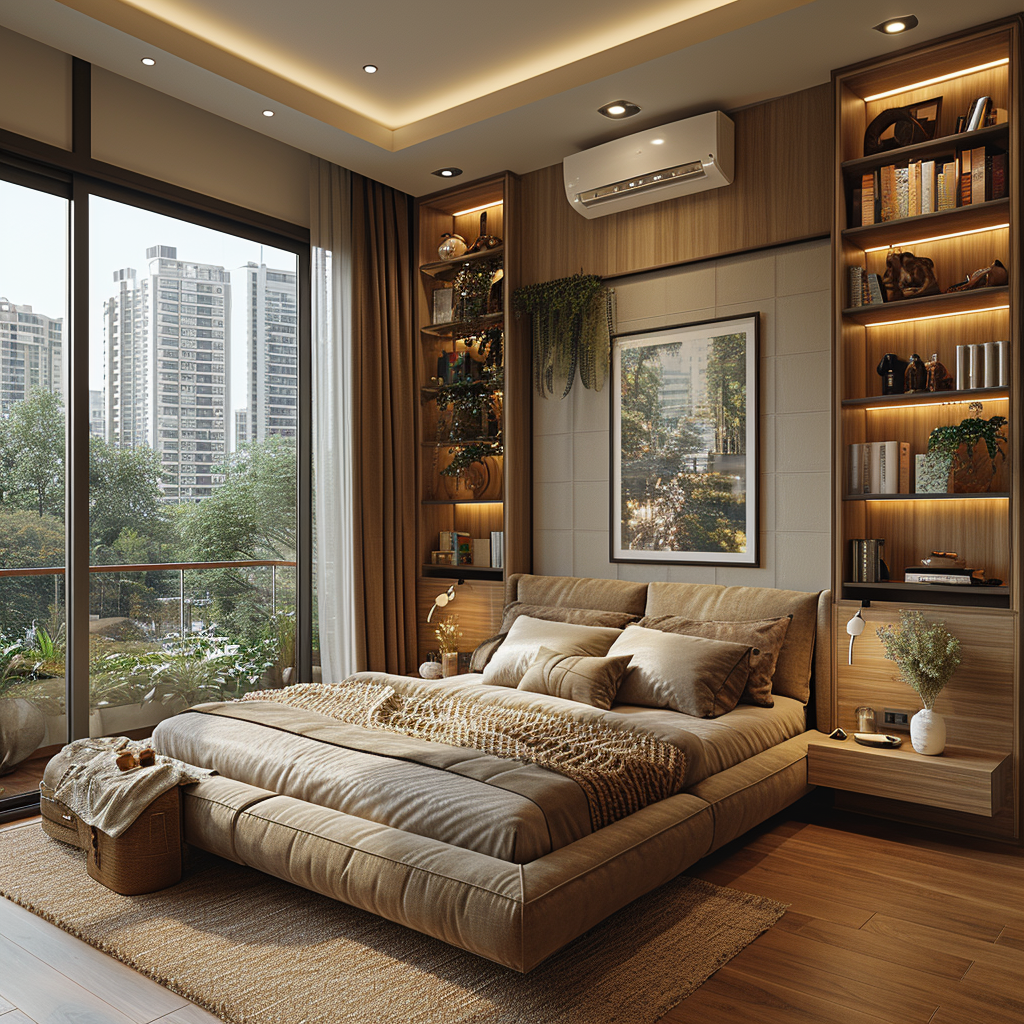
AI-driven design in furniture and appliances represents much more than a passing trend; it heralds a revolution in our interaction with home environments. This innovative technology is paving the path to a future where our living spaces become deeply attuned to our individual needs, preferences, and even our commitment to the environment. With AI at the helm, furniture and appliances are being reimagined not just as static elements but as dynamic, responsive components that enhance our daily lives. This shift is characterized by intelligent furniture that adapts to our comfort needs, and appliances that optimize energy use, reflecting a growing consciousness towards environmental sustainability. The beauty of AI in this context lies in its ability to blend functionality with personalization, ensuring that each piece in our homes is not just a testament to great design but also to our unique lifestyles and values. This evolution in design philosophy marks a significant stride towards creating living spaces that are not just aesthetically pleasing but also smart, sustainable, and intimately customized to our way of life.